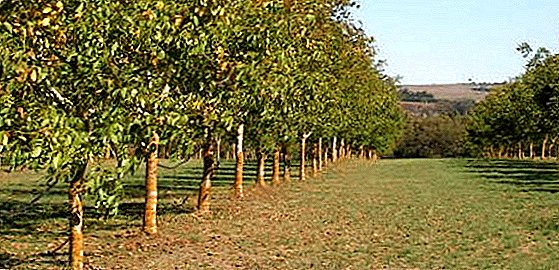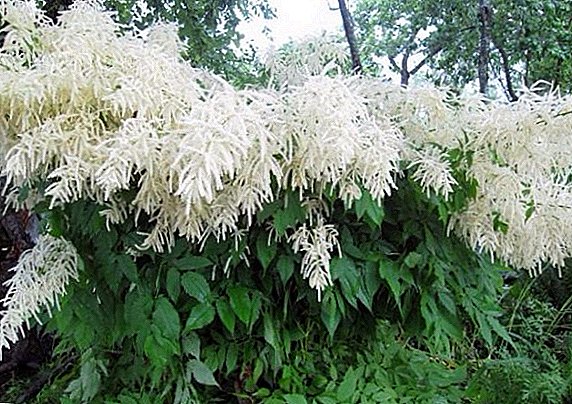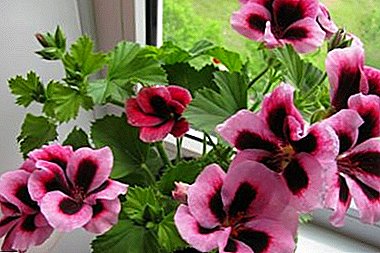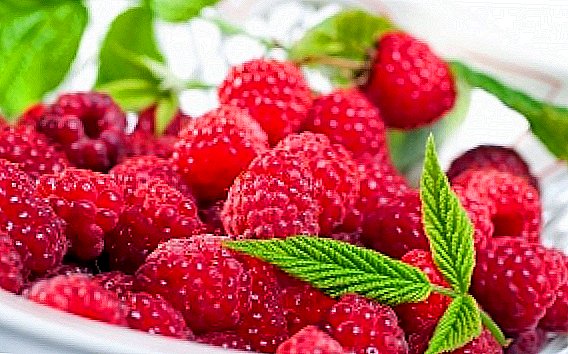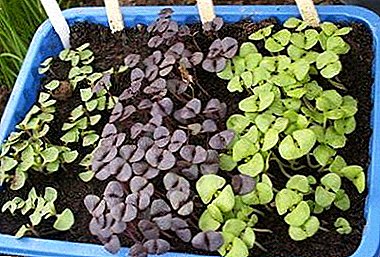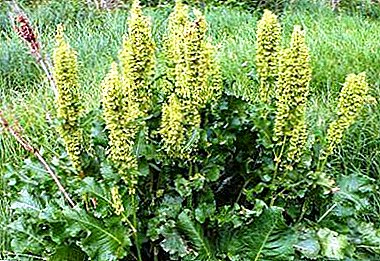
Curly sorrel is a perennial plant that grows everywhere in Russia both in the wild and in garden plots.
The plant has a long history of medical use, has beneficial and healing properties, and its juicy green leaves will decorate any meal and will be useful in the application.
This article contains detailed and useful information about the features of the species, cultivation and use of curly sorrel, its diseases and pests.
Description
Curly sorrel - perennial plant of the genus Sorrel, family Buckwheat. Grows in bunches of long green leaves with curly edges. In the second year after planting, the stem-peduncle grows about a meter in height, pale green flowers appear on it, and then red-brown seeds. Flowering occurs in mid-summer.
Features of the view, photos
There are many types of sorrel: ordinary, curly, horse, Russian, spinach and many others. Some of them you can see in the photo.
Curly sorrel has a number of distinctive features: it differs from the more well-known gardeners of the Sorrel sour (also known as the Sorrel), which, first of all, is distinguished by elongated "curly" leaves, which contain less oxalic acid. It is not as large as horse sorrel, which has large, broad leaves resembling burdock leaves. And if horse sorrel leaves are bitter in taste and are used exclusively for medical purposes, then curly sorrel leaves are quite edible and pleasant.



History and geography
Curly sorrel grows in temperate latitudes around the world, although originally he is from Europe. In the wild form can usually be found near the fields, on waste grounds and on the roadsides.
This plant is widely known for its healing properties and has been actively used in folk medicine for centuries, with the ancient Greeks and Romans mentioning sorrel.
Useful properties and eating
In spring and summer, the young leaves of curly sorrel are edible as greenery, and have a bitter-sour taste, reminiscent of lemon. You can add leaves to soups, pies and salads.
- The leaves are rich in vitamins, especially A and C, which the body lacks in the spring.
- The leaves of sorrel curly contains a huge amount of iron, and they can be used as an effective cure for anemia.
- It is also a source of flavonoids that help the body's cells to better resist viruses and adverse environmental conditions.
Be careful: do not eat sorrel leaves in large quantities, as they contain dangerous for health oxalic acid, contributing to the formation of kidney stones.
Use in medicine
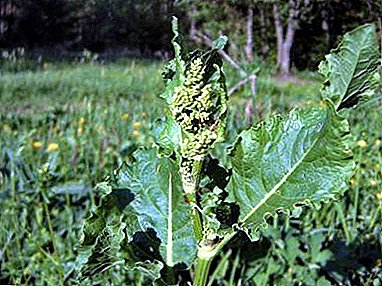 Curly sorrel root is used as a laxative to help with constipation. You can make a decoction, or if you taste unpleasant, you can put the crushed roots in gelatin capsules. Used for 1 g per reception. You can also find preparations containing sorrel in the pharmacy or in online stores.
Curly sorrel root is used as a laxative to help with constipation. You can make a decoction, or if you taste unpleasant, you can put the crushed roots in gelatin capsules. Used for 1 g per reception. You can also find preparations containing sorrel in the pharmacy or in online stores.- A decoction of the roots is also effective for removing parasites from the intestines.
- Plant roots have anti-inflammatory effect. Lubricate the inflamed skin with a decoction: it is good for burns, eczema and irritation.
- Curly sorrel contains a large amount of antioxidants that reduce the likelihood of age-related diseases.
- The root of the plant is well combined with the roots of dandelion or burdock, their combined use enhances the beneficial effect.
Be careful: do not drink a decoction of the roots for a long time, otherwise the intestinal dependence of this tool may occur.
Outdoor cultivation
- Curly sorrel is a perennial plant, after sowing it is cultivated for 3-4 years, in the future it is necessary to transplant, otherwise the yield and food quality will begin to deteriorate.
- The plant is perfectly adapted to the Russian climate and does not require a specific temperature regime, it is not afraid of a cool and humid summer and easily endures cold Russian winters.
- Curly sorrel prefers slightly shaded areas with moist clay soil.
- Do not forget about regular watering: it is a moisture-loving plant. You should also periodically loosen the earth and sprinkle with peat, to avoid rot.
- If desired, you can feed the bushes with potash and phosphate fertilizers in the slurry. Urea, superphosphate and potassium chloride will also be useful.
- It is recommended to cut the flower stalks (stems with flowers) after they appear, otherwise all the forces of the plant will go to flowering and this will make the roots and leaves less rich in useful substances.
- The leaves should be collected in spring and summer, collect fresh young shoots, but so as not to injure the plant too much. During the season the leaves can be collected several times. But the roots are collected at the end of autumn, when the plant, preparing for winter, accumulates all the resources in the root system.
How to plant?
 In the spring, you can plant seeds directly in open ground or prepare seedlings in peat tablets. Seedlings can be planted in the beds after the sprouts are slightly stronger, and the temperature outside the window will not fall below 5 degrees.
In the spring, you can plant seeds directly in open ground or prepare seedlings in peat tablets. Seedlings can be planted in the beds after the sprouts are slightly stronger, and the temperature outside the window will not fall below 5 degrees.
- Landing: Seeds are buried half a centimeter deep with a pitch of about 20 cm between them.
- Time: Spring.
- The soil: Loam, moist clay soil.
- Lighting: Light shade or the sun.
- ClimateA: Moderate, wet and cool.
Diseases and pests
- Curly sorrel is interesting for pests such as aphids and wireworms, as well as various caterpillars.Insecticides are used for the destruction of pests: Confideline, Aktara, Bazudin. You can also use softer, folk remedies: an infusion of pharmaceutical chamomile, mixed with liquid soap, or a infusion of feverfew.
However, folk remedies difficult to completely destroy the pests, but you can scare them from the plants.
- A gray rot that appears at high humidity can also be a problem; accordingly, to combat it, it is necessary to reduce watering, thin out vegetation and sprinkle the surface of the earth with peat.
- Another common problem is powdery mildew. In this case, you need to pick off the diseased leaves, and sprinkle sorrel bordeaux mixture.
Is it worth growing?
Curly sorrel, due to its healing properties and refreshing taste, has gained popularity among many nations of the world. Soups, pies and salads are made of it, it is used to treat many diseases. It is well adapted to the Russian climate and is easily grown in gardens, kitchen gardens or at home. You will not regret if you spend some of your time planting this wonderful plant.


 Curly sorrel root is used as a laxative to help with constipation. You can make a decoction, or if you taste unpleasant, you can put the crushed roots in gelatin capsules. Used for 1 g per reception. You can also find preparations containing sorrel in the pharmacy or in online stores.
Curly sorrel root is used as a laxative to help with constipation. You can make a decoction, or if you taste unpleasant, you can put the crushed roots in gelatin capsules. Used for 1 g per reception. You can also find preparations containing sorrel in the pharmacy or in online stores.